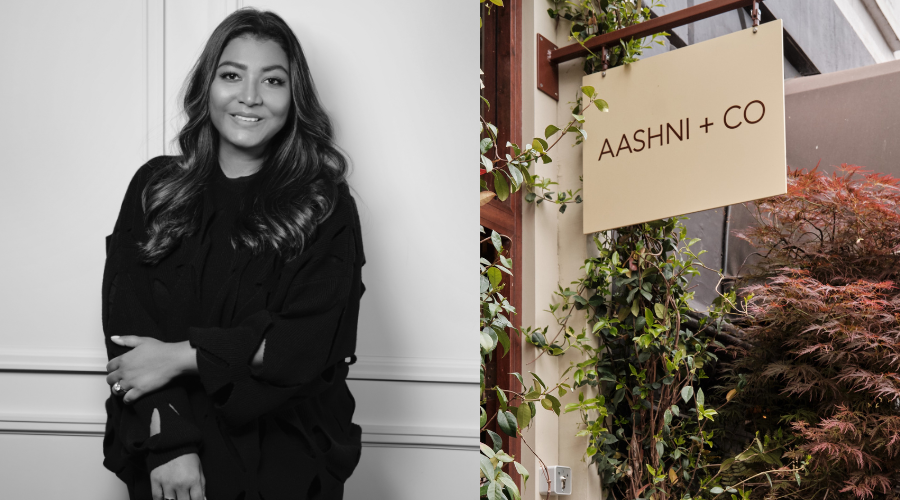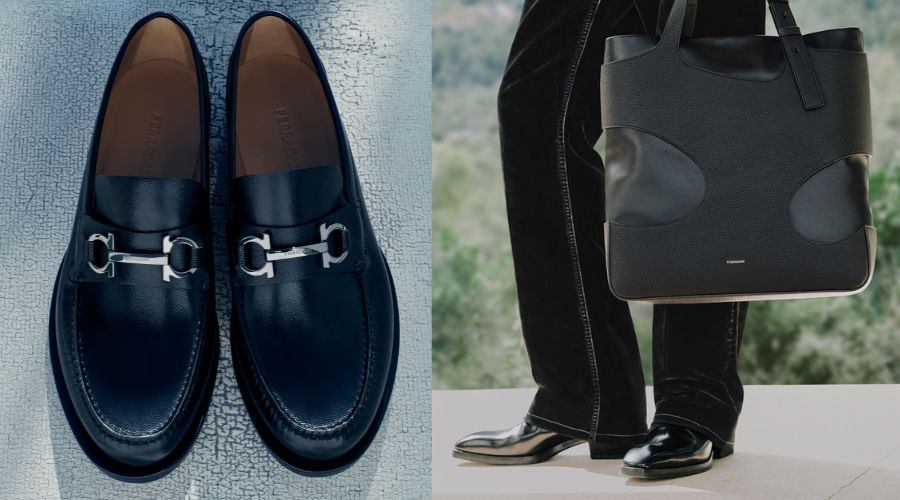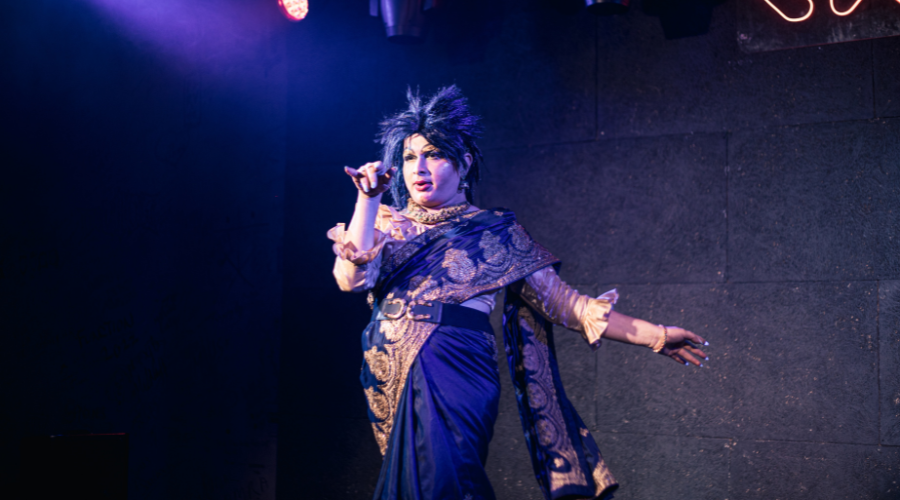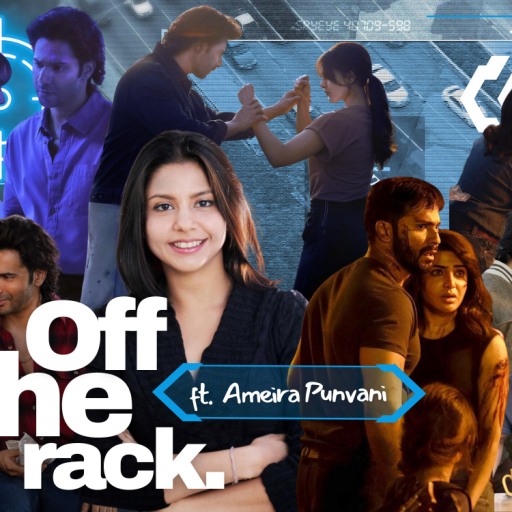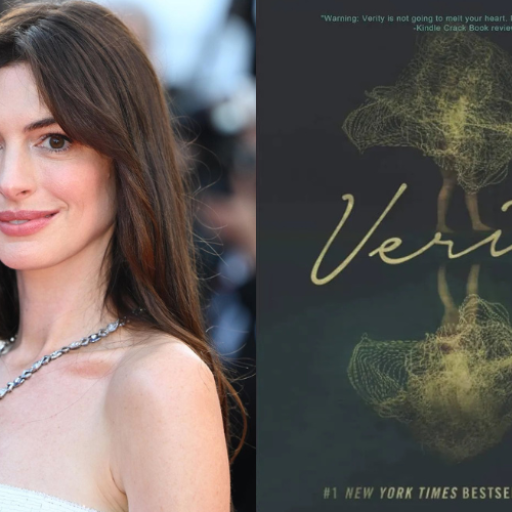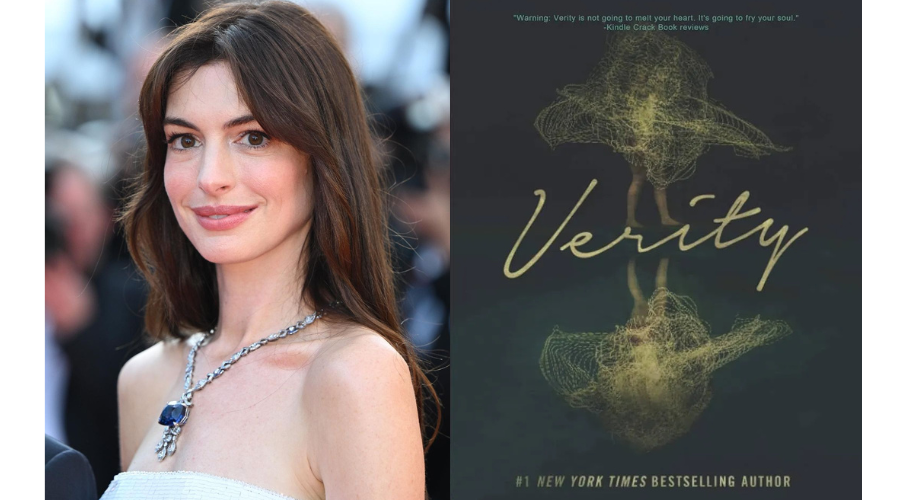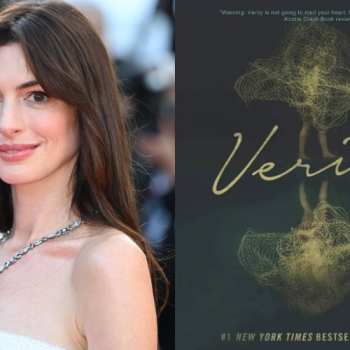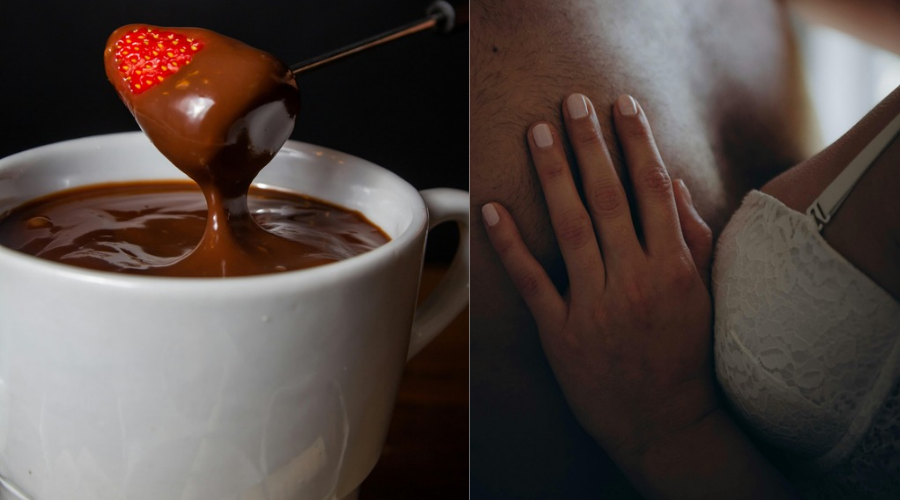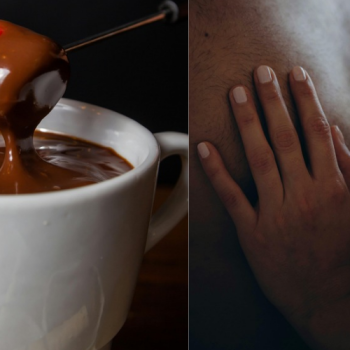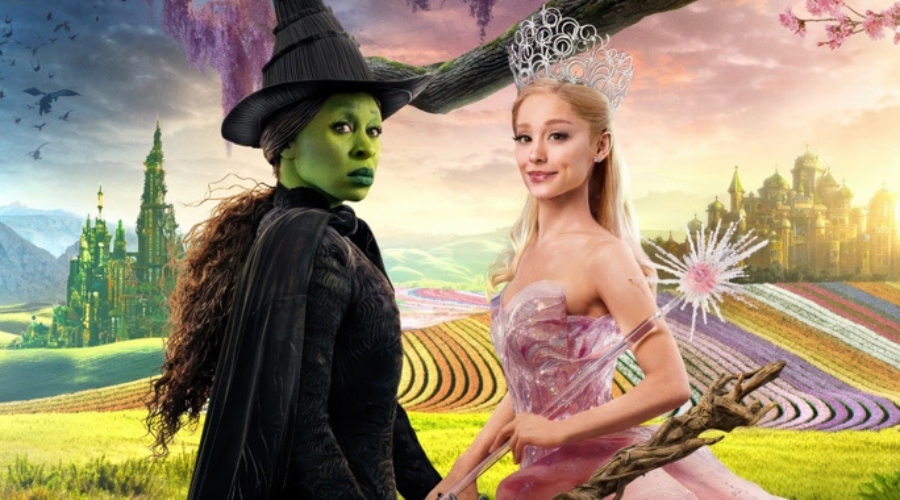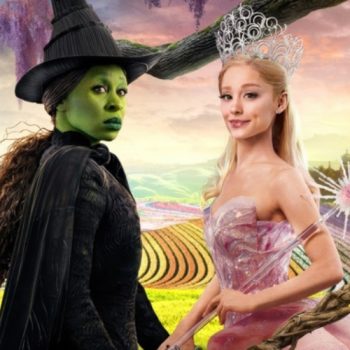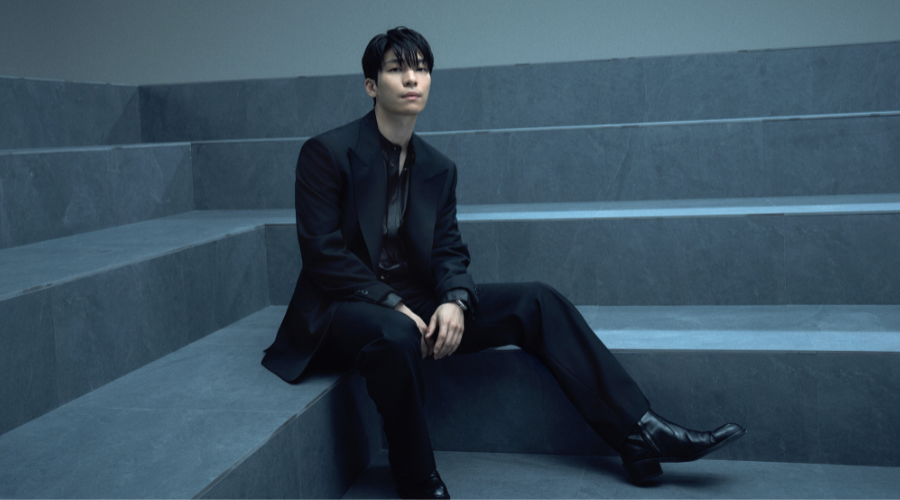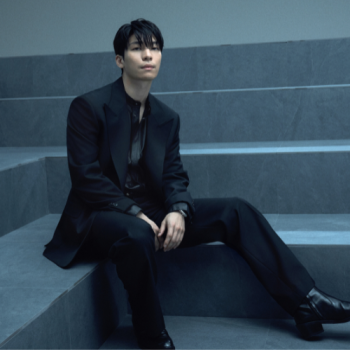‘We’re all born naked, and the rest is drag,’ cooed Ru Paul rather iconically. India’s connection with drag goes way back and well before Ru Paul. Our rich cultural tapestry has long embraced the multiplicity of gender expression, with historical roots embedded in ancient mythology and traditional performance art. In Hindu mythology, deities such as Ardhanarishvara, a composite of Shiva and Parvati, symbolise the union of masculine and feminine energies. This concept of gender fluidity is echoed in the country’s classical performing arts like Kathakali, Theyyam, and Yakshagan, where male actors have traditionally portrayed female roles.
However, modern drag culture in India began to crystallise in the late 20th century, heavily influenced by global trends yet deeply rooted in indigenous practices. Over the last decade, drag in India has evolved from a subversive underground movement into a vibrant and visible component of the cultural mainstream.
And The Category Is

The past decade has seen an explosion of drag culture across India, with increasing acceptance and visibility. Indian drag artists like Patruni Sastry, known by the stage name Sas, and Aishwarya Ayushmaan, or Lush Monsoon, have become prominent figures, pushing the boundaries of traditional gender norms through their performances. The influence of international drag icons such as RuPaul, Sasha Velour, and Violet Chachki has also been significant, inspiring Indian drag artists to blend traditional elements with contemporary flair.
“Drag is more than just an art form. It is a celebration of identity and a powerful statement of self-expression,” says Sas, whose persona leverages an extensive collection of over 6000 saris to challenge gender norms. “By incorporating saris into drag, I aim to deconstruct societal norms and showcase the garment to transcend gender.”
Serving Realness
In recent years, drag culture in India has gained unprecedented visibility, thanks to social media platforms and mainstream media representation. Events like the Delhi International Queer Theater and Film Festival and the Hyderabad Drag Con have provided platforms for drag artists to showcase their talent and advocate for LGBTQIA+ rights.
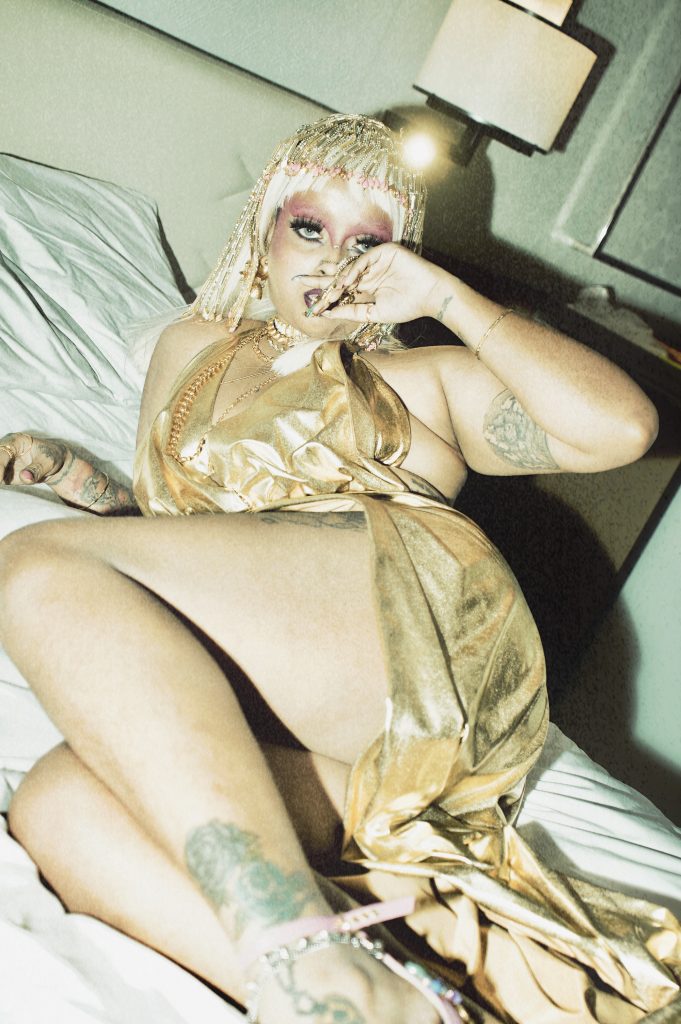
Drag has emerged as a powerful medium for social commentary and activism. Roshni Kumar, another prominent drag artist, emphasises the political nature of drag: “Every performance is a step towards claiming space and empowering queer communities. Drag allows us to highlight issues such as body image, gender identity, and social justice.”
It’s Giving Eleganza Extravaganza
Fashion in drag is a dynamic interplay of tradition and innovation, challenging and redefining Indian fashion norms. Drag artists like Aman Pal use their personas to celebrate the fluidity of identity, blending diverse cultural influences with elements that challenge gender norms. Each creation is a statement, daring to break free from the confines of traditional fashion and societal expectations.
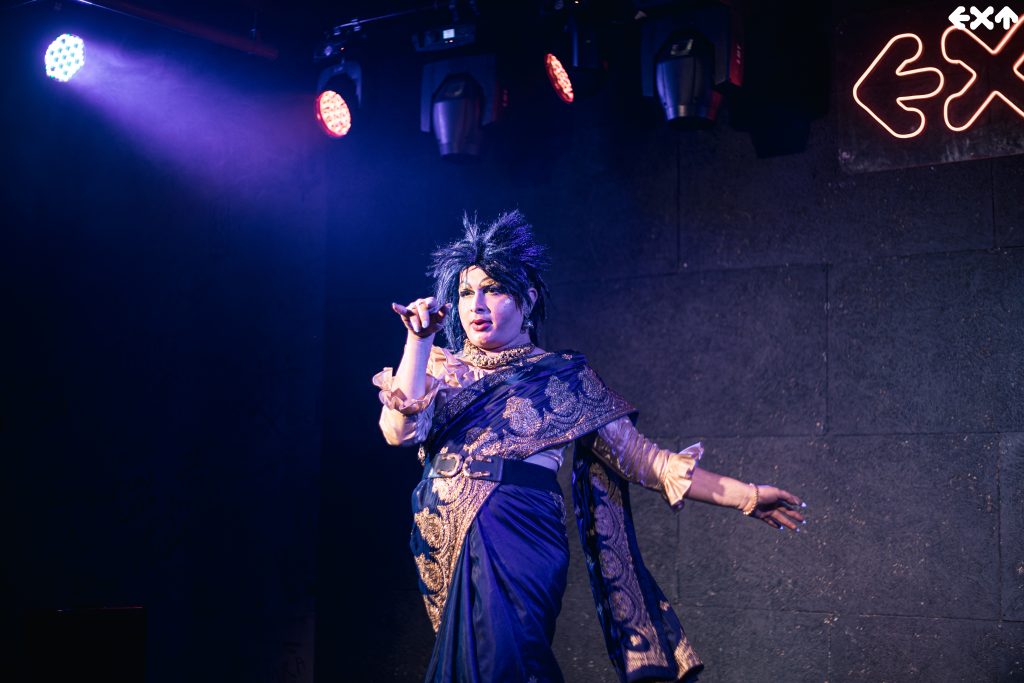
Sas’s use of saris is a testament to the revolutionary potential of drag fashion. By wearing saris traditionally associated with women, Sas reimagines them as genderless garments, questioning societal constructs of dignity and propriety. This fusion of traditional attire with contemporary aesthetics creates a visual dialogue that is both provocative and inclusive.
Kumar’s drag style, inspired by the 90s and 2000s, is a nostalgic homage to the pop culture icons of her youth. By incorporating elements of Indian culture such as jewellery, drapes, and bindis, she creates a unique fusion of East and West, challenging the misconception that drag fashion in India solely mimics Western styles.
Beauty Fit For The Queens
Drag makeup is an alchemical process that transforms and transcends the ordinary, allowing performers to embody different personas and explore gender fluidity. The techniques and products used in drag makeup are designed for durability and resilience, ensuring that the performer’s look remains flawless throughout their performance.
Pal highlights the importance of using high-quality primers, setting powders, and sprays to create a lasting base for drag makeup. Techniques such as layering and using waterproof products ensure that the makeup withstands the rigours of performance, from the heat of the stage lights to the physicality of dance routines.
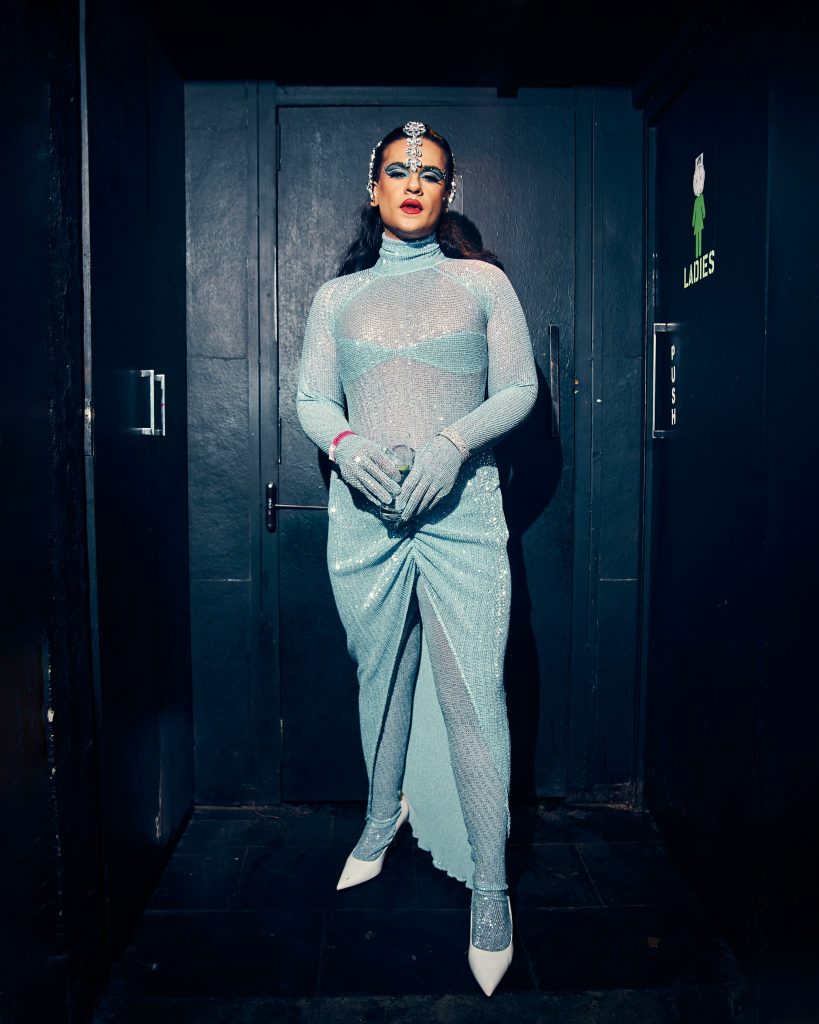
“I draw inspiration from traditional Indian performance art forms like Kathakali and Theyyam, incorporating their vibrant and exaggerated makeup styles into drag,” Sas explains. This blend of traditional and contemporary techniques creates a distinctive drag aesthetic that resonates with cultural authenticity.
For many, drag is a journey of self-discovery and empowerment, blending masculine and feminine traits to create a unique persona. Lush Monsoon describes drag as a transformative experience where makeup acts as a magic wand, allowing performers to amplify femininity or conceal masculinity. This duality in drag makeup enables performers to express various aspects of their identity, from the manic energy of the Queen of Hearts to the hyper-femininity of Jessica Rabbit.
So Beat
Drag makeup techniques such as contouring, colour correcting, and baking have influenced mainstream beauty standards, encouraging experimentation and bold self-expression. International and Indian celebrities, including Lady Gaga, Madonna, and Rekha, embody the spirit of drag with their larger-than-life personas and fashion choices.
Fashion designers, stylists, and influencers are increasingly drawing inspiration from drag culture, exploring new avenues of creativity and inclusivity. This influence extends to runways and fashion shoots, where queer aesthetics are celebrated and integrated into mainstream fashion narratives.
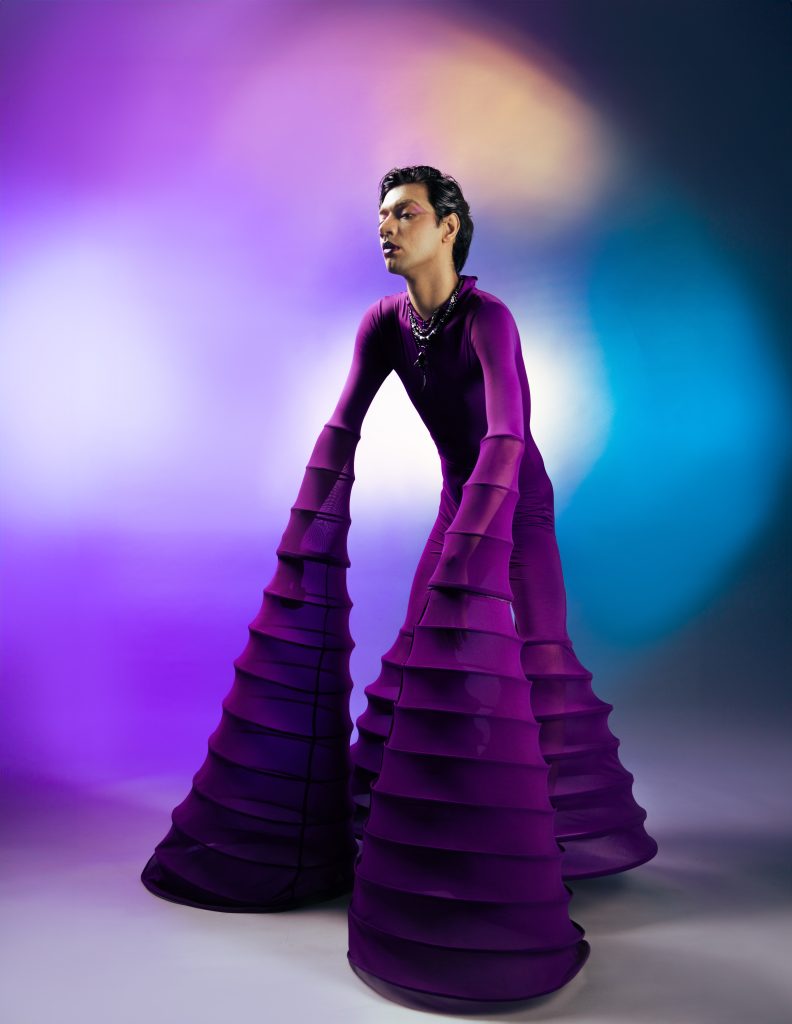
Drag culture in India continues to evolve, embracing diversity and inclusivity while challenging societal norms. As more platforms emerge for drag artists to showcase their talent, the intersection of drag, fashion, and activism will become even more pronounced, fostering a more inclusive and dynamic cultural landscape.
“Drag fashion in India is evolving to embrace diversity and inclusivity. I aim to inspire others and advocate for greater representation within the industry,” says Sas, reflecting the transformative power of drag in shaping contemporary Indian culture.
Read the full story on ELLE India’s new issue, or download your digital copy via Magzter.


